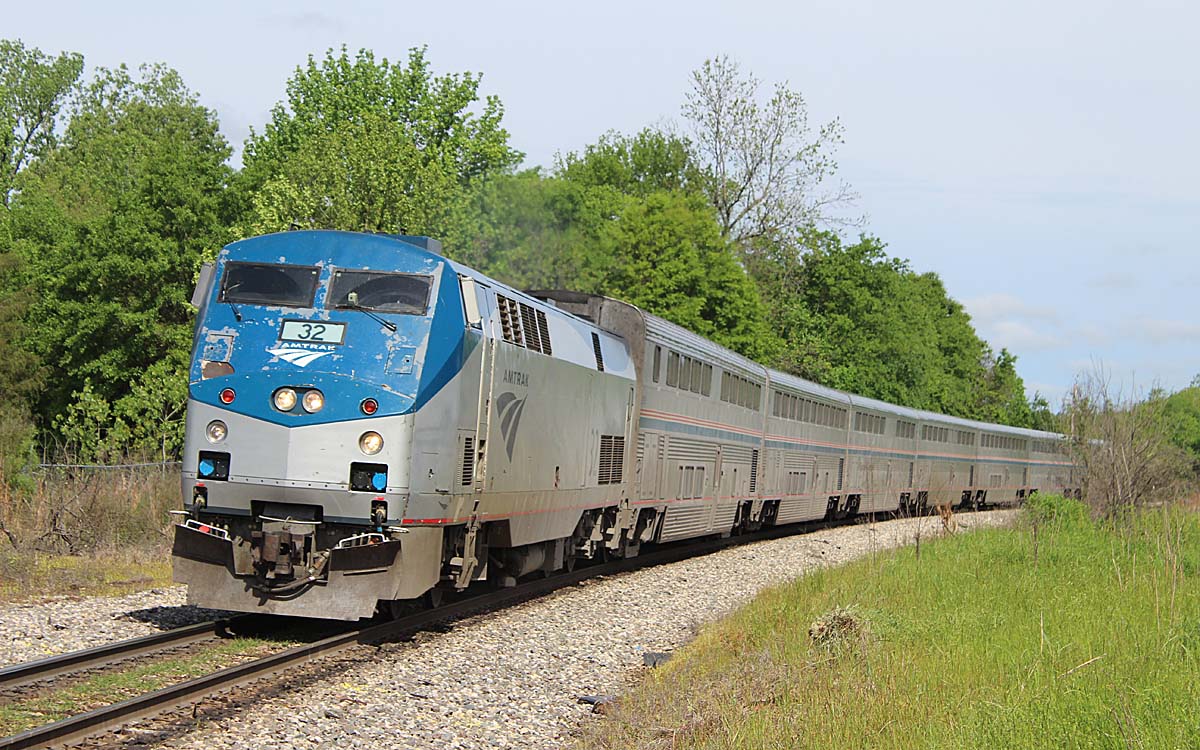
WASHINGTON — The Surface Transportation Board will appoint a mediator to resolve differences in long-simmering operating agreement negotiations between Amtrak and Canadian National.
The agency’s decision, released late last week, provides a rare glimpse inside a document which governs on time performance measurement, financial incentives, and penalties.
Amtrak and its hosts generally keep contract details between each other secret, routinely rebuffing attempts at outside investigation on grounds that divulging one carrier’s agreements can be used as competitive leverage in negotiating other contracts. Despite requests by both Amtrak and CN not to do so, the STB “determined that it could not present interim findings and guidance with respect to particular issues without disclosing certain (confidential) information.”
The case dates from July 30, 2013, when Amtrak requested that the STB, “institute a proceeding to establish reasonable terms and compensation for Amtrak’s use of the facilities and services of CN” because the two parties were unable to agree on provisions of a new contract. Discovery, rebuttals, and supplemental arguments between the two parties dragged on through March, 2019.
The STB’s position is that Amtrak and CN must still hammer out an agreement under the auspices of a 30-day “Board-sponsored mediation.” Chairman Ann Begeman is directed to name one or more mediators by next week.
Here is a brief synopsis of the significant issues in dispute and the STB’s view on each:
Measuring on-time performance
- CN: Wants it measured as in the current contract, generally only at endpoints
- Amtrak: Wants it calculated based on host railroad delays and arrival times at all stations
- STB: Asks parties to negotiate an all-station metric because the current endpoint-only measurement reduces service quality for passengers traveling between intermediate stops, which comprise 75% to 95% of travelers aboard Amtrak trains traveling on CN tracks.
Incentives and penalties
- CN: Wants to maintain the status quo but lengthen schedules if sufficient infrastructure doesn’t exist to make them realistically achievable
- Amtrak: Wants to pay incentives based on achieving 80% on time performance, less penalties which include a metric accounting for minutes of host railroad delay
- STB: Affirms it has jurisdiction on applying the 80% on-time performance requirement and urges the parties to incorporate a “degree of lateness into their penalty calculation” because “while increasing the lateness of already-late Amtrak trains may not have negative consequences for CN, it negatively affects Amtrak and its passengers.”
Incremental costs
- CN: Wants costs to include delays to its freight trains caused by the presence of Amtrak trains
- Amtrak: Wants costs it must pay CN to be limited only to “avoidable costs in the short run” (because the Amtrak train is running on CN property) rather than including costs to maintain physical plant used only by passenger trains or cost incurred by CN to provide preference.
- STB: Says any costs incorporated into the agreement must be “specific, verifiable, and quantifiable.”
The Board acknowledges that Amtrak and CN had differences on establishing the root cause of delays or how a recovery time base is determined and distributed across a schedule, but declined to offer any findings.
It also devolved a long-standing dispute over inadequate automatic crossing warning device shunting of certain Amtrak trains to the Federal Railroad Administration, which the STB revealed is already actively investigating. The railroad now requires minimum passenger train axle counts on all of its routes, while other host railroads do not.
“The STB’s decision provides Amtrak and CN with guidance on a number of important issues and orders the parties to mediate to try to resolve outstanding issues,” Canadian National spokesman Alexandre Boule tells Trains News Wire. “CN appreciates the Board’s approach and agrees that the parties are best-equipped to negotiate an operating agreement (and) looks forward to working with Amtrak to reach an agreement.”
Trains News Wire is awaiting a response from Amtrak.
The STB’s 29-page decision is available online.
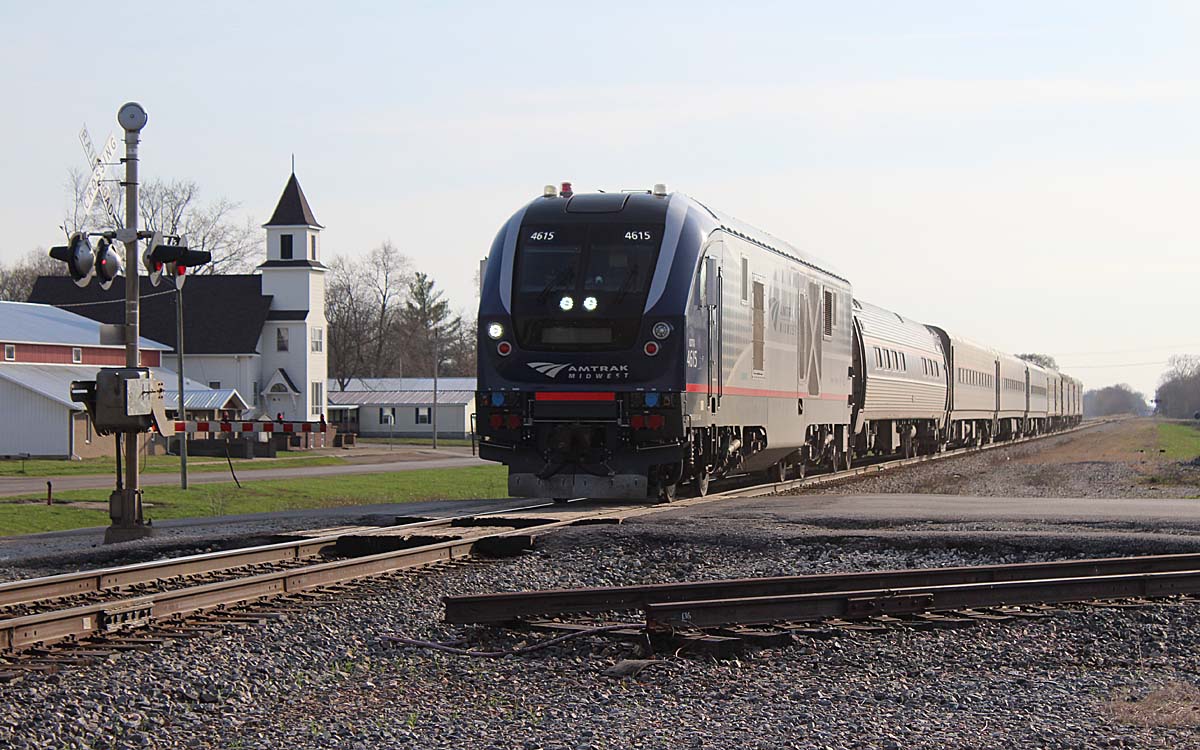
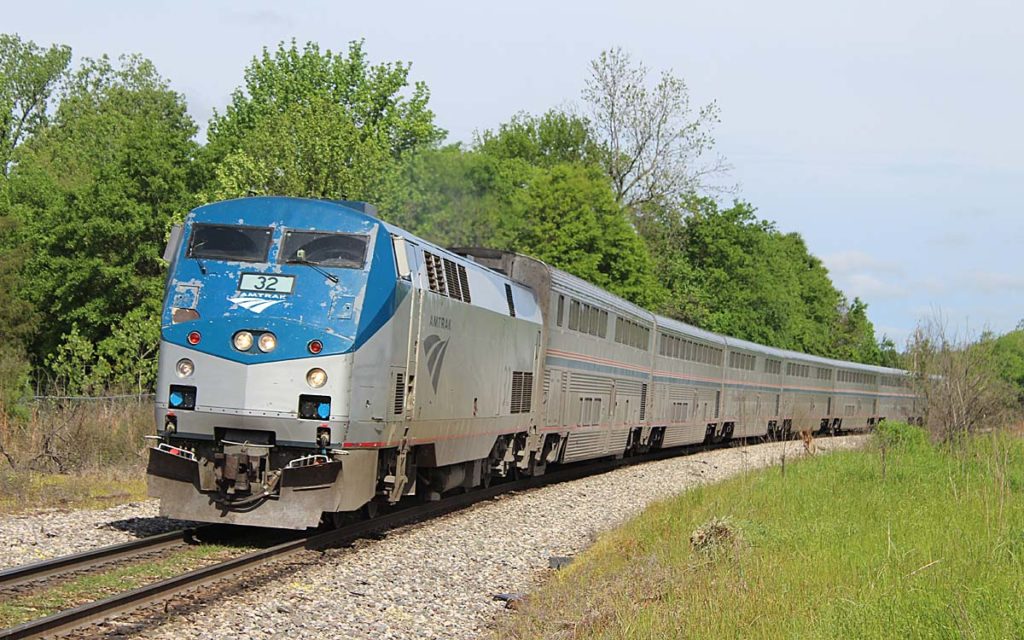

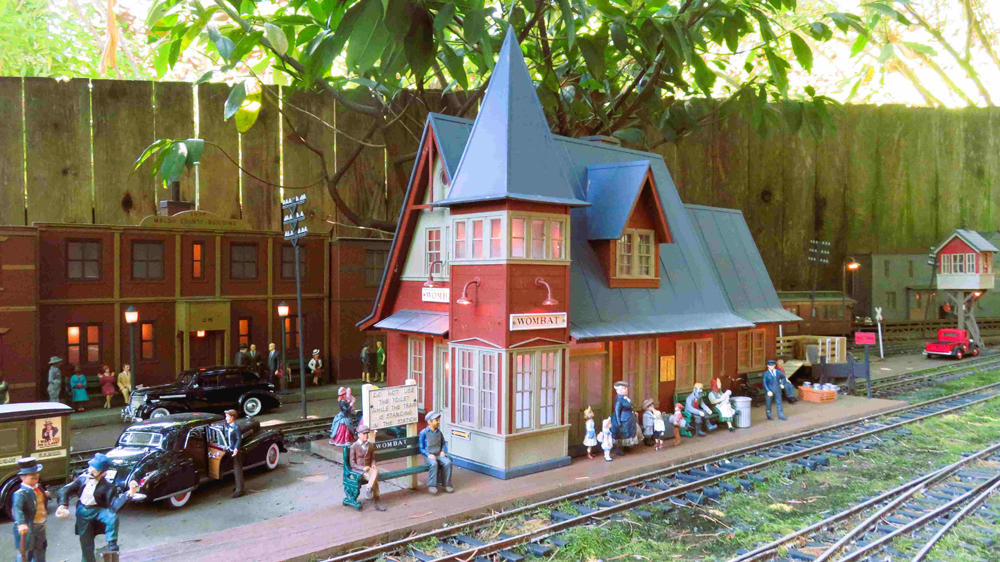

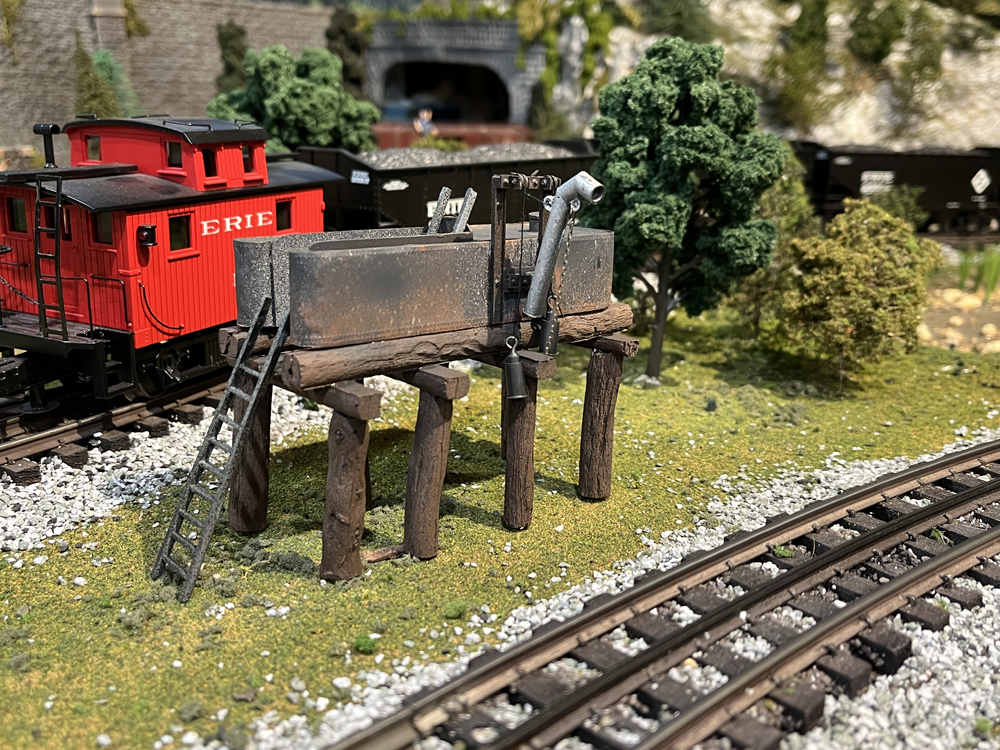





sounds like a mess, I have rode CONO two times and not really any delays, arrived in NOLA early both times. Texas Eagle is known for being late many times. Conductor on River Runner talked about the need to haul extra empty cars to comply with some UP rule for crossing signals. He has seen short freights go past with no problems at signals. Amtrak had sued UP a few years ago on being late too many times, UP did build a couple of longer passing tracks which helped a lot. But he feels like hauling empty cars is their way of getting back at Amtrak as they have to pay $500.00 for each car, empty or not. It went from being a 5 car train to about 9 or 10 cars. Makes no sense. I remember the old days when a passenger train always had the right of way, but it was all the same RR, so they played nice together.
May I remind you that CN operates by a charter from (in this case) the State of Illinois. Charters are subject to revision and revocation.
“infinitely better maintained…lower speeds” is oxymoronic. The Class 1s need to adhere to the public necessity and convenience or be threatened with open access.
CN just demonstrated their preference for sabotaging Amtrak on the St Charles Air Line by creating a single track bottleneck. We need an inverse real estate tax fining RRs for eliminating second msains, darkening signals, and forcing slower service by refusing to maintain routes to passenger speeds (minimum 65). Or, maybe the statesshopuld seize routes by EPD to insist on both access and maintenance standards.
Having ridden the IC pre-Amtrak, believe it or not in a car with hay for seat stuffing and open windows for air conditioning (it was broken) with lots of wobbling (at about 45mph) and also ridden post Amtrak on the former ICG 10 years later they did make a large strides in that time frame. But the former IC/ICG lines even then were double tracked. Freights passed freely without the need for sidings or long waits for signals to clear. The longest stop signal I can remember was the one for a drawbridge in Chicago that was coming back down before reaching CUS. The train was only 15 minutes late.
There is no incentive for the host railroad, nor the carrier to provide a superior service.
That is why the metaphor for passenger rail has to change to a franchise model. Auction off routes and manage those routes like the FAA manages air routes. Make Amtrak the new FAA but just over rails, not the air.
Instead of a air traffic controller, you now have a passenger rail controller who manages passenger flow over the purchased routes with the host railroads.
It goes further than that, but that is the high level.
Maybe I should write a book on it (like EHH did) and take credit for it when it really happens. (LOL)
The comments below are a personal opinion only and do not reflect the opinion of any other person, corporate entity, or other. They do not constitute legal advice and should not be relied upon for any purpose whatsoever.
What most of you seem to fail to remember is that the railroads are chartered, either by the federal government or by a state government, as a “public convenience”. This gives them certain privileges not normally afforded to a private corporation, such as the privilege of compulsory purchase (e.g., eminent domain) in many jurisdictions, and other privileges
But this status comes with obligations. They have to operate as common carriers, although they do frequently ignore this obligation. They also have to provide service in accordance with the terms of their charter, even if they lose money doing so. Their rates are subject to review, and they cannot simply embargo unprofitable trackage, they have to apply to abandon service.
Which brings us to Amtrak. After losing money on passenger transport for years the railroads wanted out. But they could not get out all that easily, given that passenger transport was (and is) one of their obligations under the charter. But, they can subcontract to deliver the service. Enter Amtrak.
Freight traffic is (generally) not nearly as time sensitive as is passenger traffic. If freight traffic gets there within a window usually that is good enough. But that is not good enough for passenger traffic. Passenger traffic has to be on time.
The original obligation is on the railroads, not on Amtrak. Amtrak is the subcontractor, but if they cannot perform due to misfeasance, malfeasance, neglect, or indifference by or from the railroad(s), the obligation ripples back upstream to the railroads.
The railroads have to provide scheduling which allows Amtrak to run, and to run on time. They don’t have to like it, but they have to do it.
It would probably be politically impossible to revoke the charter of, say, Union Pacific because they fail to meet the obligations set forth in the charter, but it is theoretically possible.
And, you never know. Stranger things have happened.
The above comments are generic in nature and do not form the basis for an attorney/client relationship. They do not constitute legal advice. I am not your attorney. Find your own damn lawyer.
Robert: CSX did a study and found their freight train delays are less on days that passenger trains operate too.
Typical of almost all Amtrak contracts. They want everything but don’t want to pay for it. We talk on these threads often about the government subsidy of Amtrak but seldom do we mention the subsidy by the private freight railroads. These subsidies come from the taxpayers, consumers and investors for a mostly unneeded service. Discontinue the LD trains and most of the freight train related delays will go away. Of course there is still Metro North.
Al of you commenting make this out harder than it needs to be…seems I’m going to have to work on a computer model and show everyone.
The attitude they and some other railroads have with Amtrak is the same way they treat their freight customers. If I was a manufacturer I would not use rail they treat all their customer like S**t!!
Passenger advocates long for the early-Amtrak days when track conditions and contract provisions were locked in, in the favor of Amtrak. Like it or not, those days have come and gone.
The former IC isn’t the same railroad as when Paul Reistrup’s enhanced mini-corridor had passenger trains bouncing down hideously maintained double track at 100 mph. Like it or not, the railroad system has changed and not in the way that will help passengers. The good news is, the former IC tracks are infinitely better maintained. The bad news is, there’s less capacity at slower speeds.
Trying to follow this story? The article is full of mentions of “AMTRAK”[ in the generic sense(?)]. The PHOTOS seem to indicate operations of the ILL DOT trains (variously, the Illini and Saluki; their operations between Chicago and Carbondale,)
At the same time, it [the TRAINS Article] seems to also indicate, that maybe, the operations of the two pair of LD trains on the CN [nee:ICRR] City of New Orleans/ ‘The Panama Ltd’ are also in this ‘mix’ of negotiations(?). AMTRAK being The Contractor and the CNR ‘owner’ of the property; It would help if the article were more clear and detailed, in what is happening and why;not to mention, Specifically, which trains are involved. Just sayin’.
ICG stripped its assets in the 1990s, when EHH was a VP. CN has continued asset stripping.
The traveling public and shippers pays with increased highway congestion and poor rail service.
Greed, plain and simple.
I might add that the “removed diamond” is the CSX Illinois Sub. It is currently out of service between O’Fallon, Illinois and Flora, Illinois. CSX turned the signals and removed the diamonds along the route so they don’t have to pay certain state taxes on the line. It was on the original for sale list, but many doubted it would sell because the line directly competes with the St Louis Sub between StL & Avon to Cincy Queensgate.
I would like to think the “children of PSR” by way of EHH could come up with a model via PSR that permits a passenger train. Otherwise that doesn’t seem very precision oriented now does it? Oh I forgot, PSR wasn’t about precision in operations, it was about precision in lowering ratios. Darn.
CN..Don’t renew it.. 80% in order for Amtrak to contribute? Amtrak how about contributing the funds to build out capacity and achieve your 80% benchmark… The tennant trying to boss around the landlord again with stipulations in order to pay for better performance on RoW it doesn’t own.. Eventually the landlord will evict you..